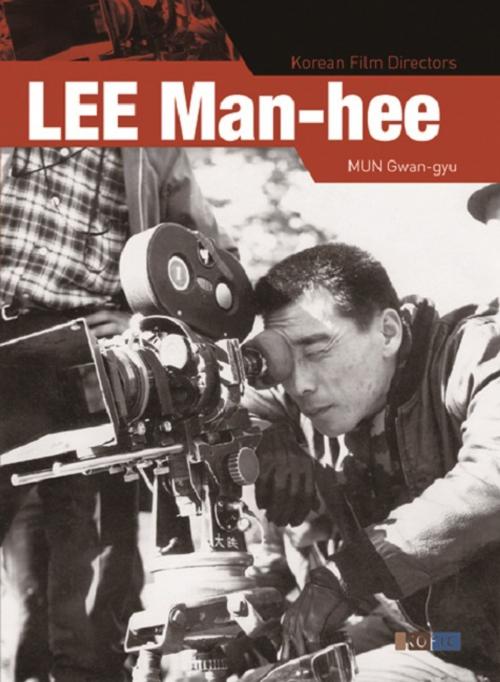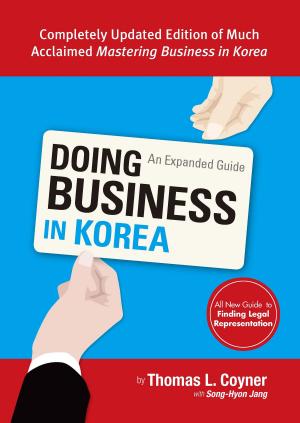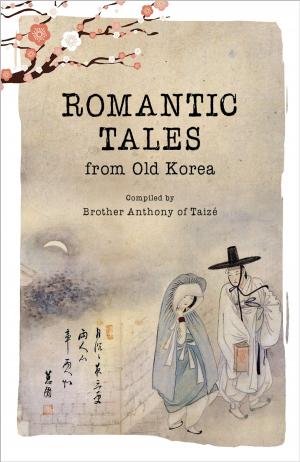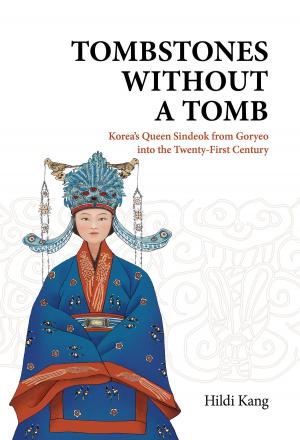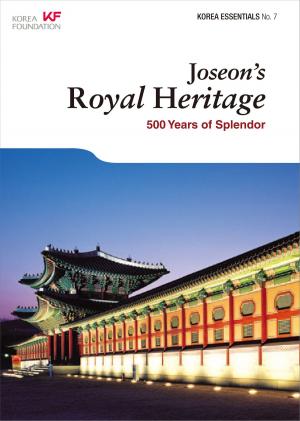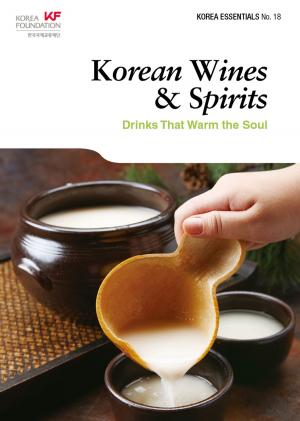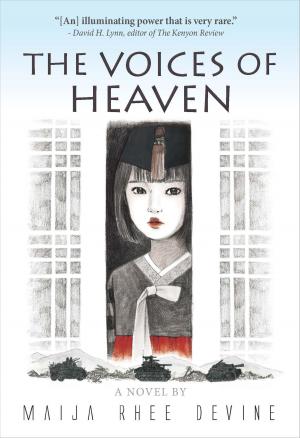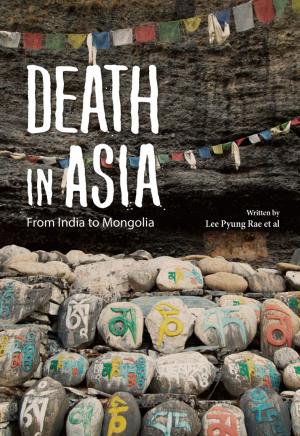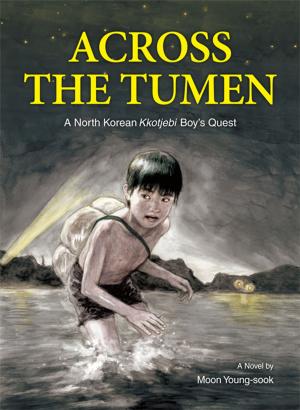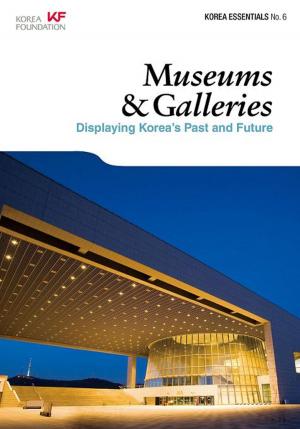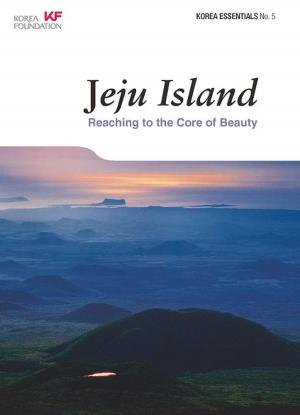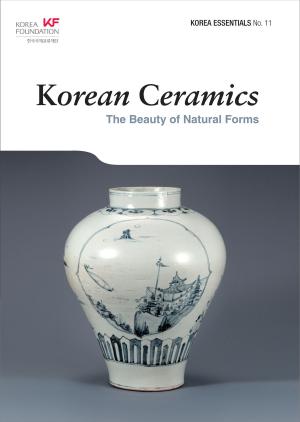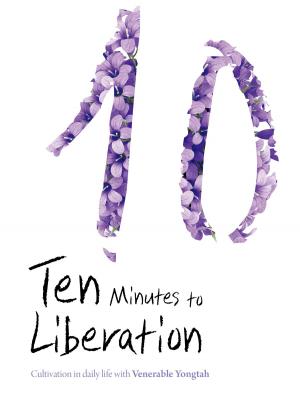| Author: | Mun Gwan-gyu | ISBN: | 9788991913912 |
| Publisher: | Seoul Selection | Publication: | November 7, 2011 |
| Imprint: | Language: | English |
| Author: | Mun Gwan-gyu |
| ISBN: | 9788991913912 |
| Publisher: | Seoul Selection |
| Publication: | November 7, 2011 |
| Imprint: | |
| Language: | English |
LEE Man-hee has been called a "martyr of film," "a director who advanced Korean realist film," "a Korean film auteur armed with a fierce artistic spirit," and a "cinematic genius and experimenter." Based on his films and on the accounts of people who knew him, LEE's directing style can be characterized by two elements: an abundance of passion for film, and the tireless exploration of cinematic experimentation. The former led to both shadow-LEE's neglect of his family and sacrificing of a private life-and light, in that it produced the creative energy of a cinematic artist. The latter inspired the director to expand and deepen his cinematic language, as seen with his creative application of montage techniques, his aesthetic experimentation with sound and image, his eliciting of performances from deep within the actors, and his camera compositions using low-angle shots, bird's-eye shots and oblique angles. - From 'on the director'
LEE Man-hee has been called a "martyr of film," "a director who advanced Korean realist film," "a Korean film auteur armed with a fierce artistic spirit," and a "cinematic genius and experimenter." Based on his films and on the accounts of people who knew him, LEE's directing style can be characterized by two elements: an abundance of passion for film, and the tireless exploration of cinematic experimentation. The former led to both shadow-LEE's neglect of his family and sacrificing of a private life-and light, in that it produced the creative energy of a cinematic artist. The latter inspired the director to expand and deepen his cinematic language, as seen with his creative application of montage techniques, his aesthetic experimentation with sound and image, his eliciting of performances from deep within the actors, and his camera compositions using low-angle shots, bird's-eye shots and oblique angles. - From 'on the director'
